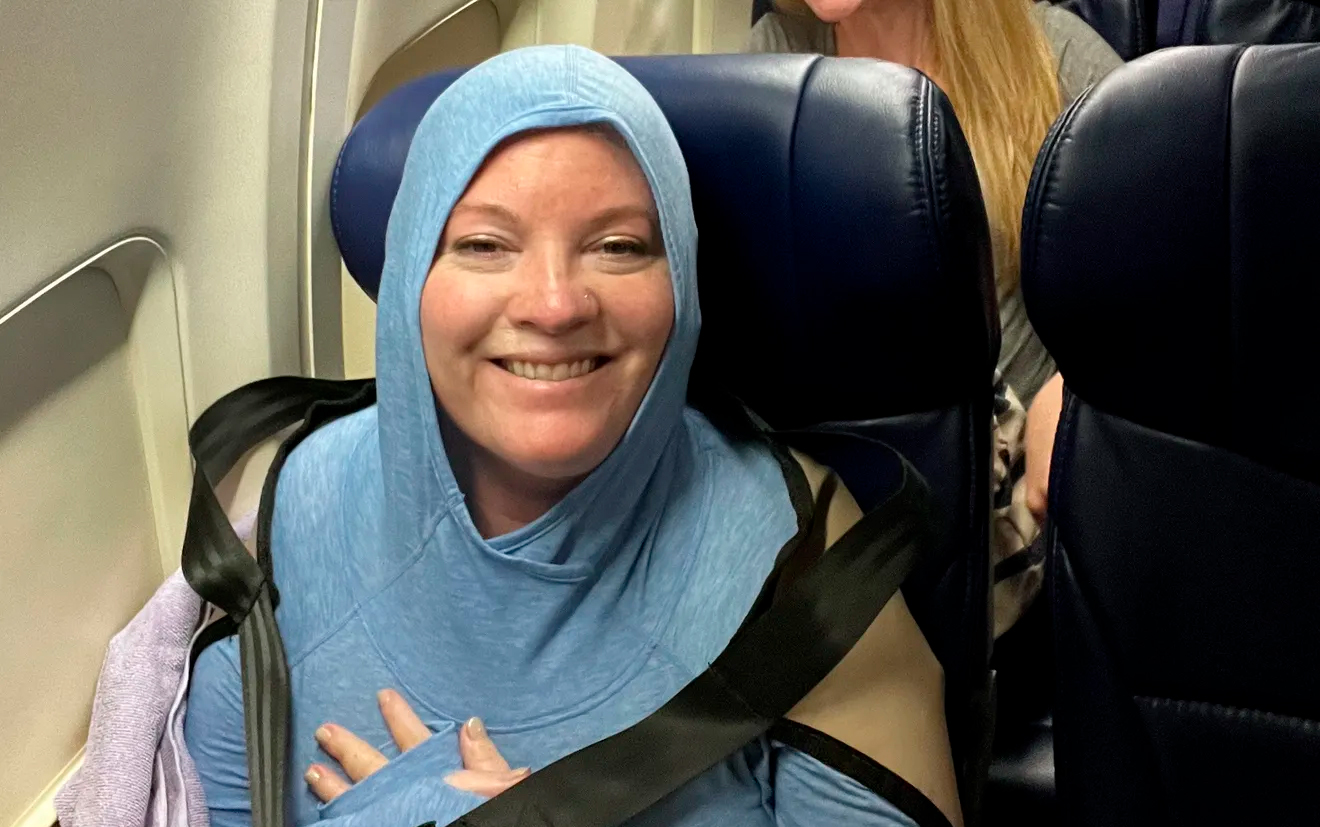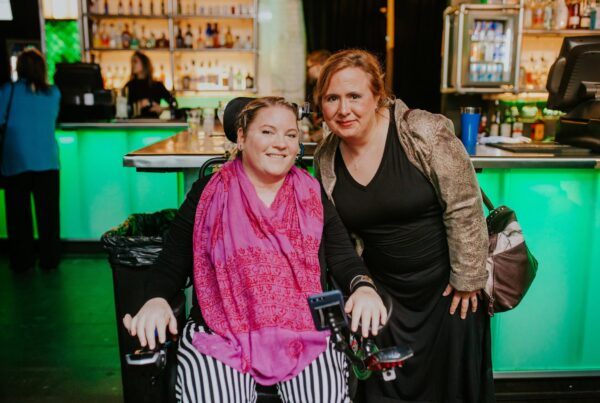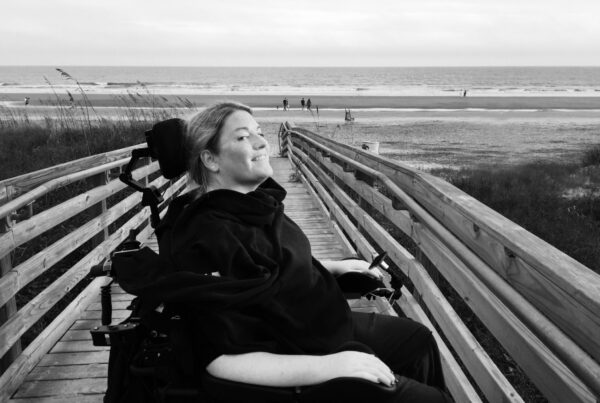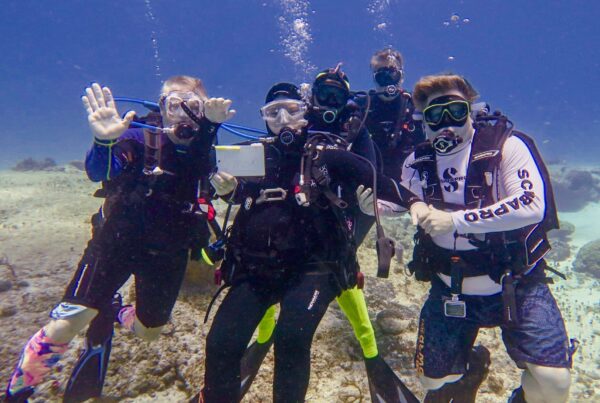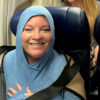She said she has come to expect damage to her device whenever she flies, and a recent trip home to Denver from Charleston, South Carolina, on Southwest Airlines was no different.
“They dragged my chair out on the side, and I’ve instructed them not to do that numerous times. They bent the wheel axle, the wheels, so when I roll around now, I feel like a Flintstone car or a jalopy because it’s all bent,” she told USA TODAY. On top of that, her cloth seat cover was damaged by the friction.
The trip was July 16, and she’s still waiting for repairs.
“I’m still working with zip ties and duct tape,” Forst said. “I won’t be probably full and whole until September for a trip from July, and then what if I want to travel again? You have to start the whole process over.”
On top of the damage to her chair, Forst said, there were no attendants to help her off the plane when she arrived in Denver, and the captain himself had to lift her out of her seat.
“He’s physically lifting me off the plane into my chair,” she said, and then they still had to find a way to get her chair to a state useable enough to get her home. “We had to find some duct tape just to get off the jetway.”Southwest said it continues to work with all customers who have wheelchair damage until their devices are repaired or replaced.
“Our teams have been in touch with the customer to assist them with their individual situation,” the airline said in a statement to USA TODAY.
For Forst, the solution to regular wheelchair damage while traveling starts with better communication.
“The expectation is it’s going to get damaged. How do we minimize the damage? That’s where my head is,” she said. “The crux of the matter is it’s a communication breakdown with the people who are putting their hands on your wheelchair.”
Forst has found that damage seems more likely to happen on arrival rather than when chairs are being loaded onto the plane initially. She said she usually has an opportunity to speak to the ground crew before flights to explain how her wheelchair needs to be handled, but isn’t given that same chance when the plane lands. In the short term, Forst said, it would be helpful if ground crews at different airports were able to communicate with one another about the specifics of individual mobility devices.
“Let’s say I’m coming from South Carolina to Denver: It’s really helpful for them to send a message,” she said. “That way, I can tell them ‘This is what you need to do, this is what you don’t want to do.’”
More broadly, Forst said, systemic improvements such as in-cabin wheelchair securement, designing planes with larger cargo doors and better training could help travelers with disabilities get around more easily.
“This airline situation is really becoming a major obstacle for functioning in my real life,” she said. “There’s so many things that get affected when one small piece goes awry.”
Author: Zach Wichter
Zach Wichter is a travel reporter for USA TODAY based in New York. You can reach him at zwichter@usatoday.com


